Last updated: November 23, 2021
Article
Report Collection Spotlight: Cultural Landscape Reports
What is a Cultural Landscape?
Cultural landscapes are historically significant places that reveal human interaction with the physical environment over time. In the NPS, they are defined by their historical integrity, or the presence and condition of physical characteristics that remain from a historic period, and significance, or their importance in American history based on the National Register of Historic Places Criteria for Evaluation.Cultural landscapes are diverse, ranging from national cemeteries to family farms, prairies to parkways, ornamental gardens to fishing camps. The four cultural landscape types recognized by the NPS are historic sites, historic designed landscapes, historic vernacular landscapes, and ethnographic landscapes. These places are regarded as important to our culture and thus worthy of preserving for continued access, enjoyment, use, and study.
Landscape Essentials
Find more information about the identification and evaluation of NPS cultural landscapes.

NPS
How are Cultural Landscapes Preserved?
Cultural landscape preservation is multidisciplinary, relying on the expertise of historical landscape architects, historians, anthropologists, horticulturists, gardeners, and ecologists, among others. They collaborate to prepare and implement a Cultural Landscape Report (CLR), a document which describes the physical history, analyzes existing conditions, and recommends treatment actions to preserve, restore, or rehabilitate the landscape.Researchers use primary sources like oral histories, manuscripts, photos and drawings, and secondary sources like published works, along with field investigations, to synthesize the history of the landscape. The existing conditions are mapped, photo-documented, and sometimes tested using an array of technologies. Tests include dendrochronology to date trees, DNA to test varieties of vegetation, and soil tests to reveal former uses.
Comparing the present settings with historic conditions helps to illustrate change over time and identifies where authenticity, or integrity, remains in the landscape. To prepare the treatment plan, project managers meet with park staff and stakeholders to develop landscape treatment objectives, striving to optimize the preservation of the historic aspects while allowing continued use. The preservation of historic places depends on our ability to evolve in our understanding and care for them.
Tuberculosis Hut
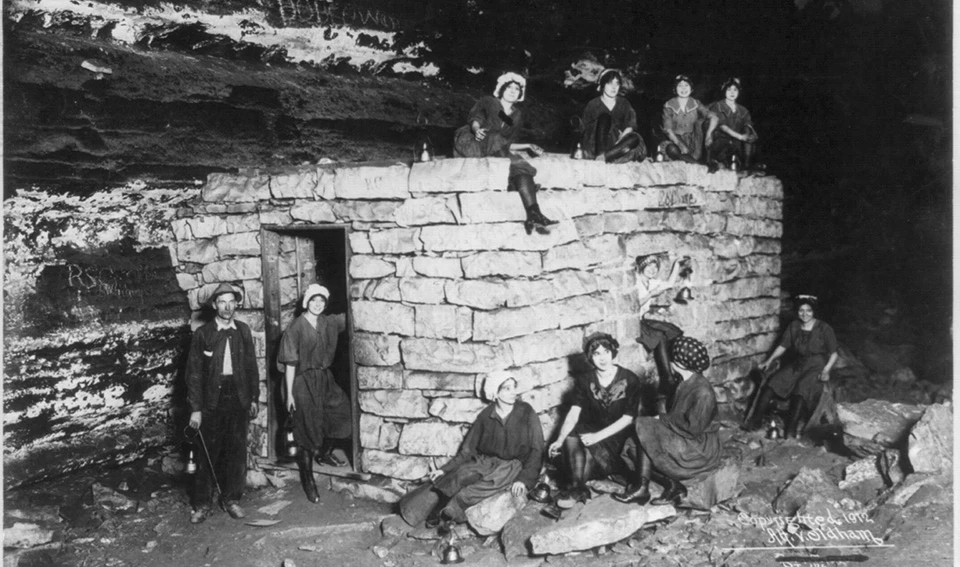
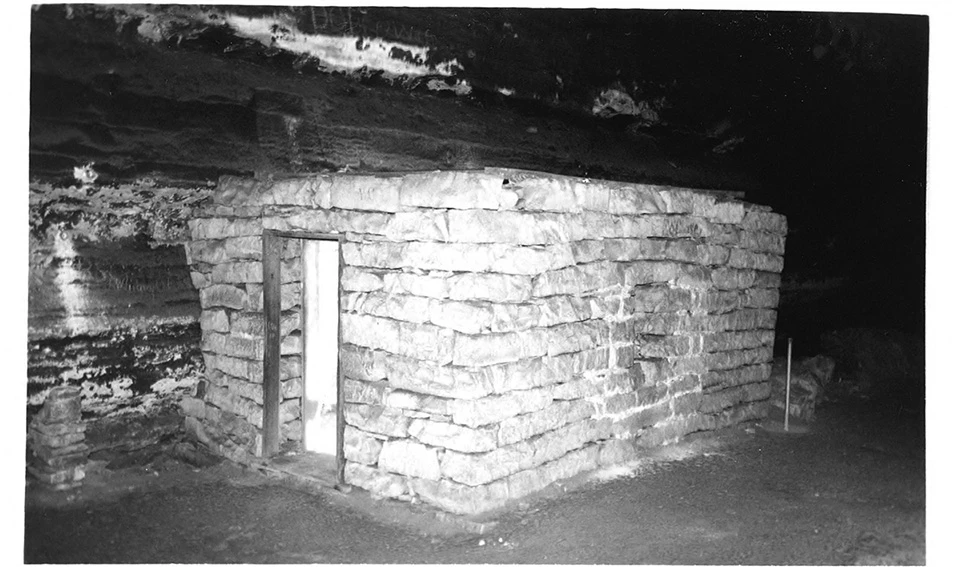
Left image
Consumptive's Room, Mammoth Cave, Kentucky, circa 1912.
Credit: Library of Congress, Reproduction Number LC-USZ62-64952
Right image
The Tuberculin Huts were documented in 1991 as part of the National Register nomination for Mammoth Cave Historic District.
Credit: NPS, National Register of Historic Places Collection
A Changing Practice
The NPS has been preserving cultural landscapes in parks for more than 100 years. Just as American society and cultural values have evolved in the last century, so has the NPS. Consequently, preservation values and tools have also changed.
Beginning in 1916, the NPS protected lands for scenic grandeur, natural resources, and scientific values. By the 1930s, the agency was also protecting historic places, though preservation efforts focused mostly on historic structures. Landscapes were valued as the settings for historic structures or events, with less intrinsic significance of their own. An example is the Civil War battlefield of Gettysburg that received “A Study of the Location and Type of Fences, and of Woodland and Orchards in the Area of Cemetery Ridge” in 1944. The report focused on the landscape as a battlefield, analyzing how these features affected troop maneuvers in the mid-1800s but not examining how they reflected 19th century culture.

William Tipton. In "A Study of the Location and Type of Fences, and of Woodland and Orchards in the Area of Cemetery Ridge," pg. 34.
Historic Grounds Reports (HGRs), the predecessor to CLRs, reflect the limited recognition of landscapes in the early decades. Examples include the 1950s HGRs for the grounds of Carpenter’s Hall in Philadelphia, the site of the First Continental Congress in 1774, and for Independence Hall, where the Declaration of Independence and the U.S. Constitution were signed in 1776 and 1787, respectively.
By the late 1980s, NPS had defined the term “cultural landscape” and began to recognize landscapes other than battlefields and designed grounds. Vernacular landscapes, the historic places of everyday life shaped through human use rather than by design, were acknowledged as significant expressions of culture. This led to NPS recognition that perpetuating historic uses, such as agricultural practices, was needed to preserve the integrity of vernacular landscapes. New CLRs for vernacular landscapes, such as the 1987 CLR for the former Cuyahoga Valley National Recreation Area, recommended preserving agriculture to sustain the rural, historic character.
In the 2000s, the NPS acknowledged that historic preservation efforts should represent the history of all Americans. The evolution followed social justice movements and also provided new scholarship about the historic contributions of underrepresented communities and people of color. The 2002 CLR for Tuskegee Airmen National Historic Site provided a restoration plan for Moton Field, the military airfield where African Americans were tested to determine if they could be trained to fly combat aircraft. The 2003 CLR for Washita Battlefield National Historic Site provided a plan to restore the grassland ecosystem of the winter encampment of the Southern Cheyenne people, where they were attacked by the US Army in 1868. The 2006 CLR for Manzanar National Historic Site provided a plan to rehabilitate the former Japanese-American Incarceration Camp of World War II.

NPS
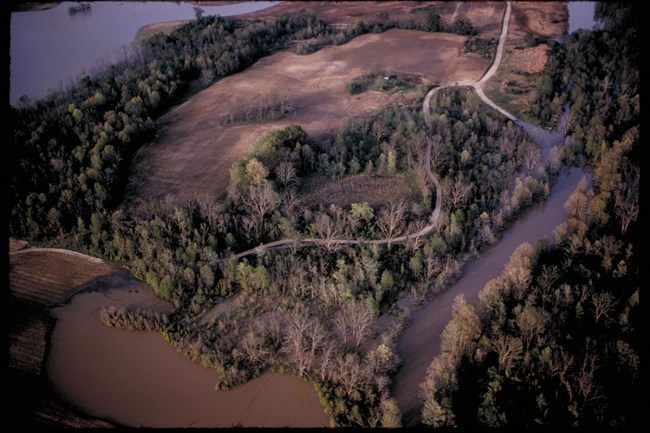
NPS
Within the last decade, CLRs have addressed landscapes valued by traditional cultural groups, also known as ethnographic landscapes. Traditional cultural groups have a past and present relationship with the landscape that is inextricably linked to their identity. The significance of these landscapes and their features is perceived by the cultural group, and it does not necessarily meet the National Register Criteria for Evaluation. These landscapes may not be eligible for the National Register, but they are still recognized and protected as cultural resources by the NPS. These CLRs document the values perceived by the cultural group and provide a treatment plan to protect these values. The 2014 CLR for the Osotouy Unit of Arkansas Post National Memorial identifies and seeks to protect the cultural values recognized by the Quapaw people in their former village site of Osotouy.
As NPS cultural resource management practices evolve, so do our strategies for preserving cultural landscapes. We seek to engage with a broader view of history and to better integrate perspectives of historically marginalized people. We attempt to bridge the artificial boundary between culture and nature, recognizing the expression of culture is entwined with the manifestation of nature. Recent CLRs demonstrate this more integrated understanding of natural and cultural systems by focusing on the integrity of an ecosystem as a measure of historic character and by considering climate change resilience in treatment planning. Recent CLRs also seek to perpetuate traditional knowledge and practices as forms of preservation. The perpetuation of these forms of culture may indeed be the most enduring form of preservation. Cultural landscape preservation is a dynamic field, and that dynamism is reflected in the evolving and expanding focus of preservation documentation and treatment.
The CLR Collection
This selection of Historic Grounds Reports and Cultural Landscape Reports from throughout NPS history demonstrates the evolution of cultural landscape preservation. The reports are part of a collection created and maintained by the NPS. The over 500 reports continue to serve researchers, interpreters, and park managers, while also serving as a window into NPS history and its evolving landscape preservation practice. Join us on social media as we pull from this collection to explore the history of cultural landscape preservation this month!
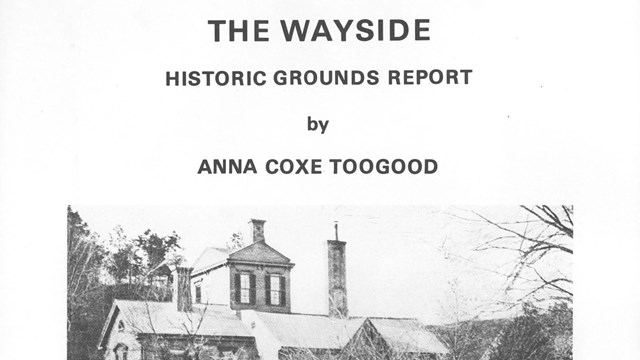
Browse references and reports in the HGR collection
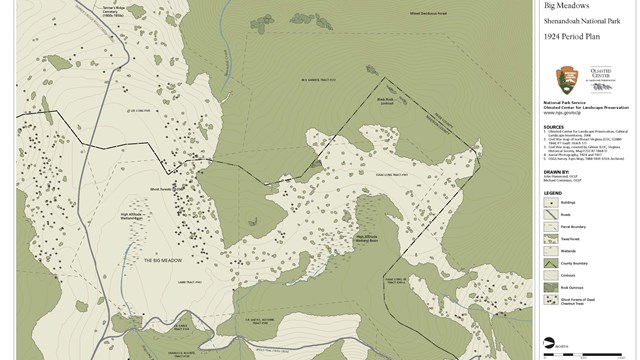
Browse references and reports in the CLR collection
